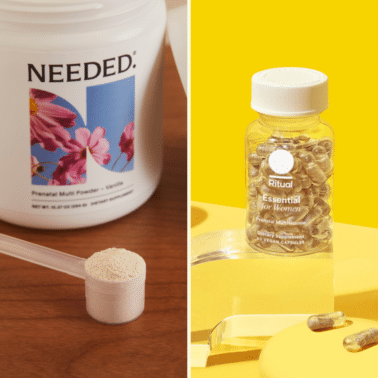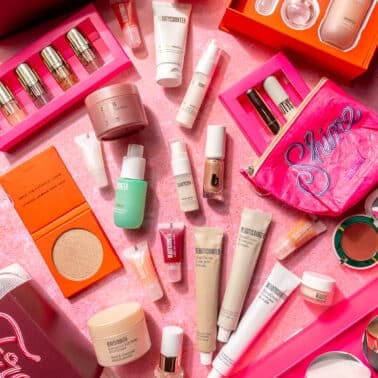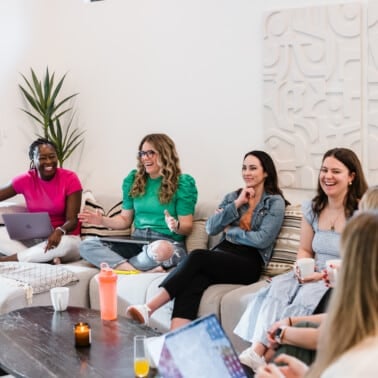Introduction
Have you ever stopped to think about WHY someone went out of their way to say, “Wow! That color looks great on you!”? If you’ve ever received a compliment like this, I’m sure it made your day, as it should! Maybe you attributed it to the fit of your shirt or a bright color that looks great on most people (hello hot pink!) Despite all of those things likely being true, this compliment is most often because of the way a particular shade of color looks on the tone of your skin.
If you’ve been choosing your own clothes for your entire adult life like myself, and I’m going to go out on a limb and say you have, you might have noticed, that certain colors make you feel confident and energized. You might be drawn to pick a certain top every Monday because you naturally feel tired on those days but for some reason, that hot pink top always makes you feel pretty and/or awake.
In this article, we will be diving into the magical world of color analysis we will dive into why the shade of color you select matters more than you realize. Not only does color have the ability to affect your mood and outlook (hello, dreary cloudy day) but it also has the ability to enhance your natural beauty. Let’s get started!
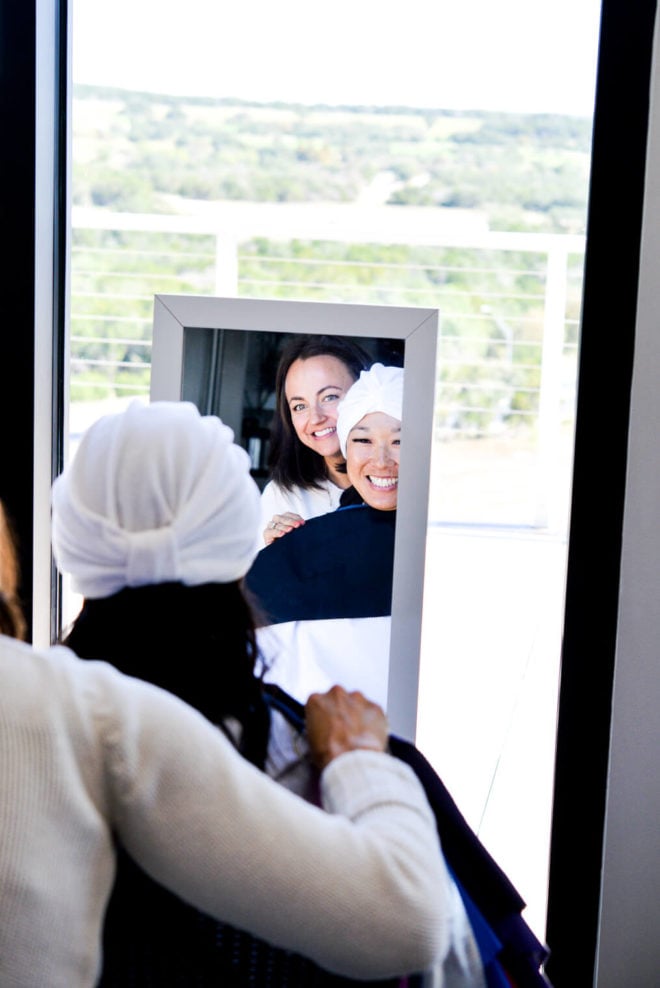
What is a Seasonal Color Analysis?
A seasonal color analysis is a one-on-one consultation with a color specialist, who finds the specific palette that compliments your skin tone the best. The entire process takes about an hour and is oddly soothing.
Here’s what to expect and how my personal analysis with Jordan Morchat from Color Me Light went!
- Fresh Face – Before arriving, the specialist will ask you to come without makeup. This was the hardest part for me. I tried to sneak in some finished eye brows but was asked to wipe them off. Womp Womp. Turns out that having a completely bare face allows the specialists to get a true sense of your skin tone. It’s best to swallow your pride and arrive onatural.
- Blank Slate – Before beginning the color draping process, the specialist will tie your hair up with a white towel or turban so that your hair is pulled away from your face. This is to help the specialist focus on your true, natural skin tone without the distraction of makeup or hair.
- Drapes – Once your session starts, your specialist will drape SEVERAL different shades of colors via pieces of cloth over your shoulders like a shawl. During my personal analysis, Jordan layered several colors on top of one another (only showing one at a time) and pulled the top color off very quickly each time . The objective here is to catch the split second of how my skin tone looked against a particular color. While looking in a mirror by natural lighting, Jordan studied my face intensely as she examined which colors brought out my natural beauty.
- Make-up and Styling – Once she discovered my season (or my color palette), she also went through the exact shades of makeup I should be wearing. I LOVE a good red lipstick but typically wear an orangey red, whereas a true red (think Christmas) looks best on me! Jordan provided recommendations for specific make-up shades and colors along with recommendations for choosing clothing.
What are the basics of color matching?
Color matching is the process of finding out what shades of colors compliment your skin tone. If you happen to be a musical person, you can think of color matching as the color version of singing in harmony with someone. The notes (and colors) are different, but they work together to compliment and bring life to one another. While this process of finding out which colors compliment your skin tone might seem as simple as asking, “does this top look good on me?” it is actually a bit more complex! Everyone’s skin tone and undertones are different, so it is important to take the time to find out which season (there are 4 total but also several subcategories) looks the best on you. Because there are more palettes than just 4 total (like the brown summer I was paired with), I highly recommend doing a color matching season with a color analysis professional!
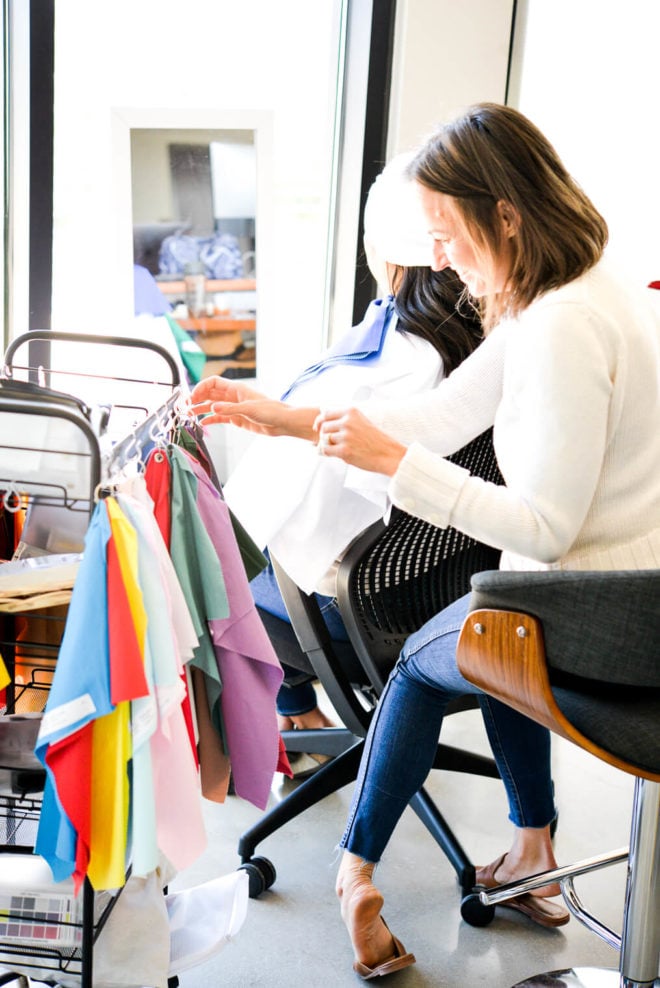
How do the color groupings work?
As someone who is only somewhat familiar with art and color, I went to the big guns for this one, my mom, Liz Moore, a former art teacher. She pointed out that, “On the color wheel there are both cool and warm colors. Colors are defined by their warm hues or their cool undertones.” This same color wheel concept was applied and aided in the creation of the four seasons color analysis we use today for fashion and makeup. Winter and summer colors fall into the cool category, whereas spring and autumn fall into the warm colors. The tone and undertones of your skin will determine which season looks best on you.
What are the different color palettes?
There are four main color palettes: spring, summer, autumn, and winter. While you will most likely be assigned to just one of these palettes, there is a chance that you will be given a main palette and a sort of sub palette like I was! Yes, the summer palette compliments my skin (think a soft pink or a baby blue), but my color specialist, Jordan, also found that the palette “brown summer” was ideal on me (think dusty pink and turquoise). Brown summer is a palette in between true summer and true autumn. Imagine feeling pretty in a blouse (my summer colors) but feeling over the top confident in a dress in another set of colors (brown summer). This is the nuance that comes with having a color analysis completed by a professional. They will find colors that you may not have tried on!
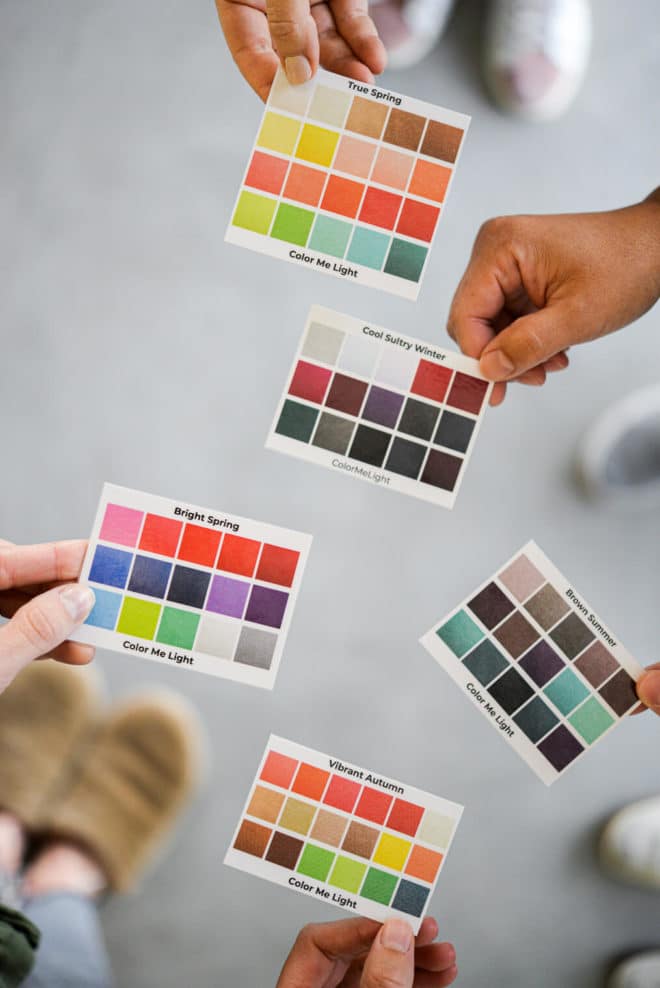
Key descriptors for each color palette:
- Spring: warm + light → bright
- Summer: cool + light → muted
- Autumn: warm + dark → muted
- Winter: cool + dark → bright
How will knowing my color season type help me?
Knowing your color season will do a variety of things for you.
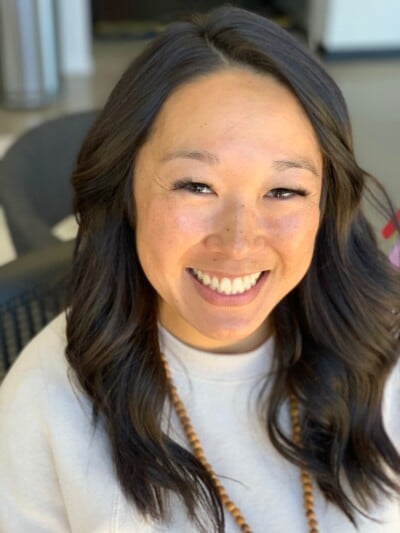
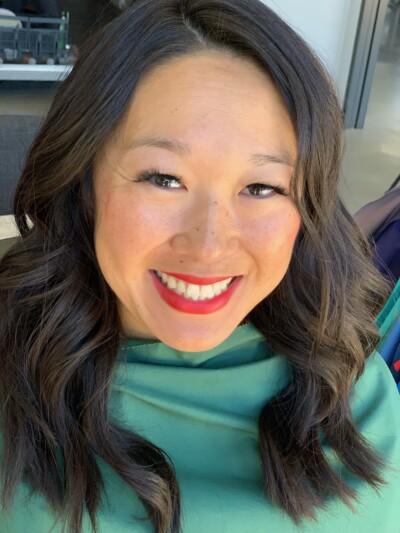
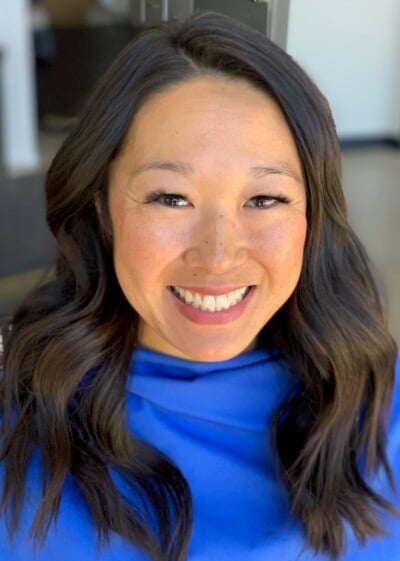
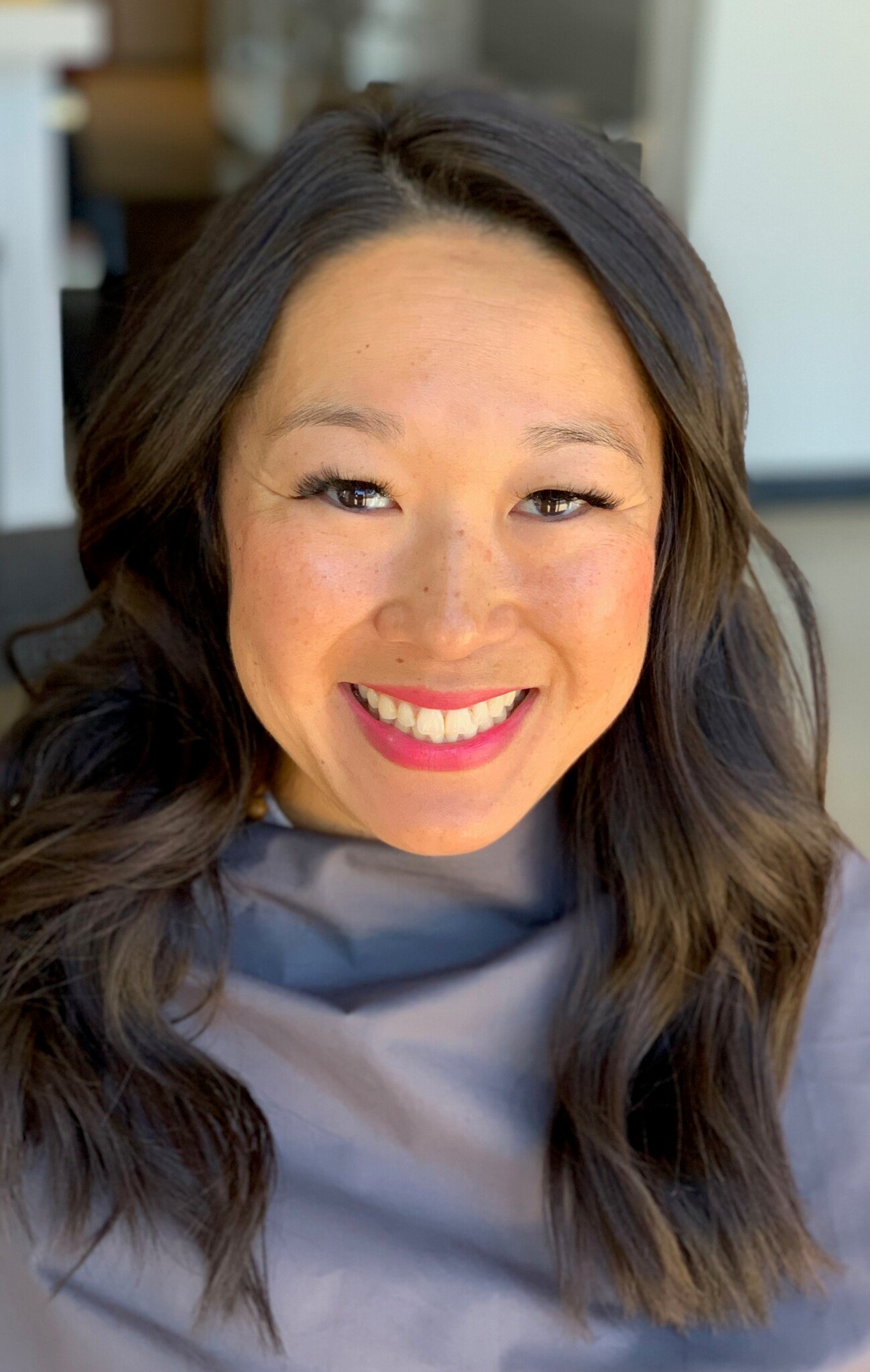
- Highlight your Natural Beauty – it will highlight your natural beauty. When I wear a baby blue top (or any other color in my season), I find that I need less makeup to feel “put together.” It’s as if the shade of my top, or headband, is bringing out the natural beauty of my skin tone. I have always wondered why I feel confident without a lot of makeup on certain days, and now I know why!
- Simplify your Shopping – once you know your color season, it will forever change the way you shop! It actually simplifies the shopping process. If I find a sweater or dress I really like, I can quickly check to see if they have a shade in my season.
Sleeping, eating efficiently for your body, hydration, etc., also play a role in how my skin glows, but the shade of my clothes plays an equally important role! If you want to use minimal makeup, whether it’s because of time or just want a more natural look, choosing clothes that are in your color season certainly helps!
Can you only wear your color palette during a specific season?
No! You can wear your color palette year-round. The beauty of having a color analysis is that you find out which shades of all colors flatter your skin tone. For example, there are four main types of purple- spring (a more bright purple), summer (a softer purple), autumn (a warm purple), and winter (a cooler purple). Because I am a summer, the cooler, more pastel version of purple looks the best on my skin tone. I can absolutely wear all four types of purple, but I will look the most alive and refreshed in the summer purple!

What happens when we wear colors that aren’t in our season?
Although it’s not the end of the world, when we wear colors that aren’t in your season, you may look tired or feel blah. You may even notice that your skin tone doesn’t look as vibrant or that subtle imperfections on your skin show up more. There are a few sweaters that aren’t in my color palette that I love too much to part with, and this is ok! I have found that if I wear something, not in my season, I can complement it by wearing a seasonal lip color or blush! This helps me look more awake and refreshed without having to give away my favorite sweater.
Do you really need a consult or are there generalizations you can use to get close?
The benefit of working with a color draping specialist is that they are trained to recognize what colors compliment your skin tone. I was actually surprised by the colors I was given. I am naturally drawn to neons and bright colors but my color consultation revealed that I actually look best in pastels or muted shades. I also found out that I have an entire palette of colors (hello brown summer) that look ideal on me, in addition to my assigned summer colors. Even though you could go off of the simple strategy, “does this color look good on me?” this would be very time-consuming and actually may not be accurate!
Reasons to work with a color draping specialist:
- Take out the guess work – A specialist takes out all of the guess work for you. Because there are SO many colors, you could spend hours trying to go through your closet, trying things on, and determining how it looks on you. Our specialist, Jordan, did all of the hard work for us and saved us HOURS of time.
- Resources – Jordan also gave each person on the team a color fan of their season so that we can easily take it shopping and compare!
- Recommendations – Not only that, but she also color matched us for make-up. This might have been my favorite part. I found out the correct shade of lipstick, blush, eyeliner, and even mascara I should be wearing. I’ve been wearing black mascara my entire adult life but as it turns out, brown mascara compliments my face better and truly makes my brown eyes pop!
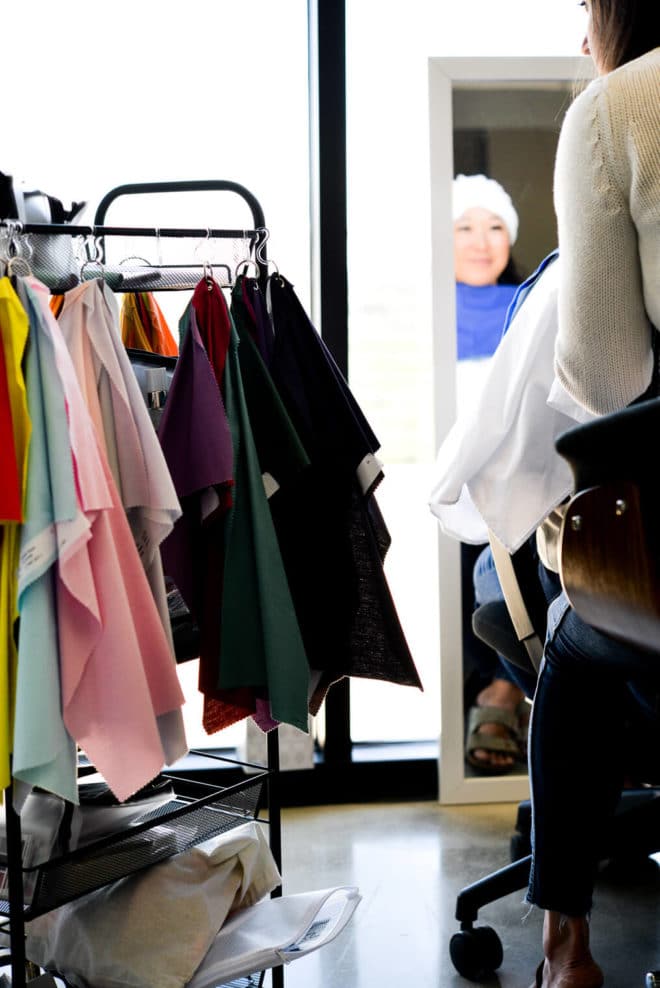
How do you find a color draping specialist?
If you are in the college station area, we highly recommend the specialist we worked with, Jordan Morchat. Since she color-matched our entire team, she made a special trip out for us to San Antonio. Although we have never worked with House of Color personally, I love how easy it is to find a specialist with them. Just enter your zip code, and they will find a specialist in your area!
Wrapping it up
Well, there you have it! A short summary of how color matching works and why we think it will forever change the way you think, feel, and choose your clothes. Here’s to highlighting your natural beauty and feeling confident in your own skin!
References:
